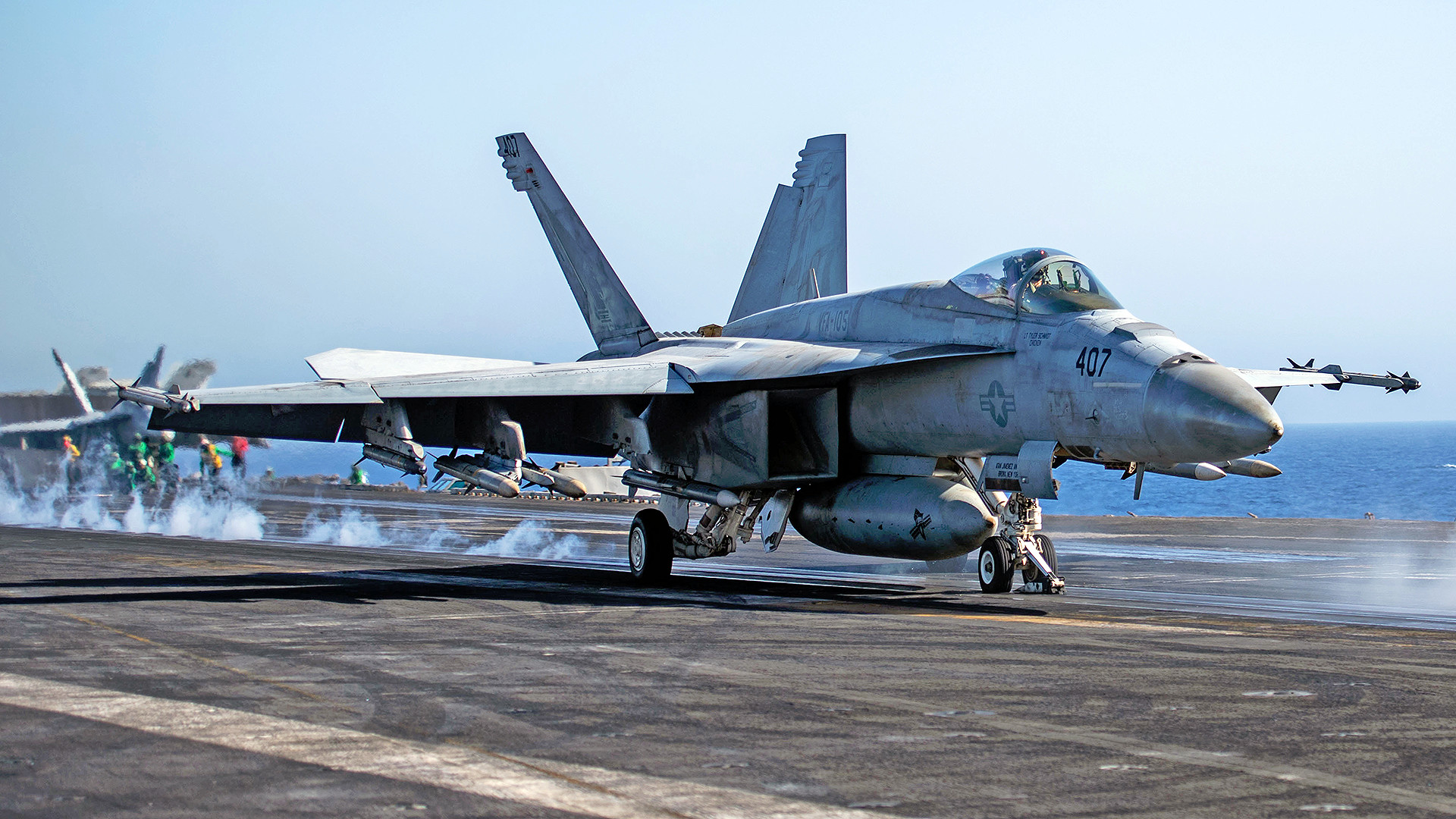The U.S. Navy is now officially using “Murder Hornet” to refer to F/A-18E/F fighters armed with five AIM-120 Advanced Medium Range Air-to-Air Missiles (AMRAAM) and four AIM-9X Sidewinders. The air-to-air ordnance configuration for the Super Hornet made its combat debut last year in operations over and around the Red Sea and was enabled by a crash program to allow F/A-18E/Fs to carry more AIM-9Xs, which TWZ was first to report on.
The Murder Hornet configuration and its use in combat were among various highlights the office of the Chief of Naval Operations (CNO) included in a recently released year-in-review factsheet for 2024. The formal unveiling of the AIM-174B air-launched version of the Standard Missile-6 (SM-6), the first combat employment of an AGM-88E Advanced Anti-Radiation Guided Missile (AARGM), and the service’s first air-to-air engagement of a hostile drone were also included. TWZ was also first to report on the AGM-88E shot, which destroyed an Mi-24 Hind attack helicopter on the ground in Yemen.
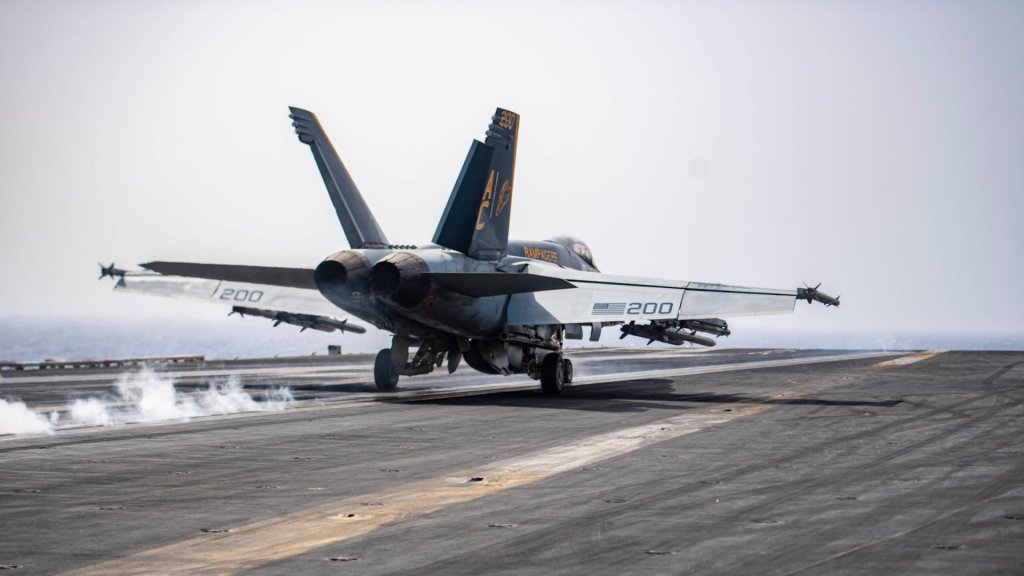
As already noted, the new air-to-air loadout for the F/A-18E/F required the Navy to first clear the jets to carry AIM-9Xs on their outboard underwing stations (stations 2 and 10). Previously, the service’s Super Hornets could only carry the latest generation Sidewinders on their wingtips. The Navy did this in response to urgent operational demands to give the jets more magazine depth to help tackle kamikaze drones launched by Iranian-backed Houthi militants in Yemen.
F/A-18E/Fs with the Muder Hornet loadout were first observed conducting operations in the Red Sea region while flying from the Nimitz class aircraft carrier USS Dwight D. Eisenhower in the April-May 2024 timeframe. Those aircraft were also seen carrying AN/ASQ-228 Advanced Targeting Forward-Looking Infrared (ATFLIR) targeting pods and centerline 480-gallon fuel tanks. The configuration has since been observed on Super Hornets assigned to other carriers operating in the Middle East.
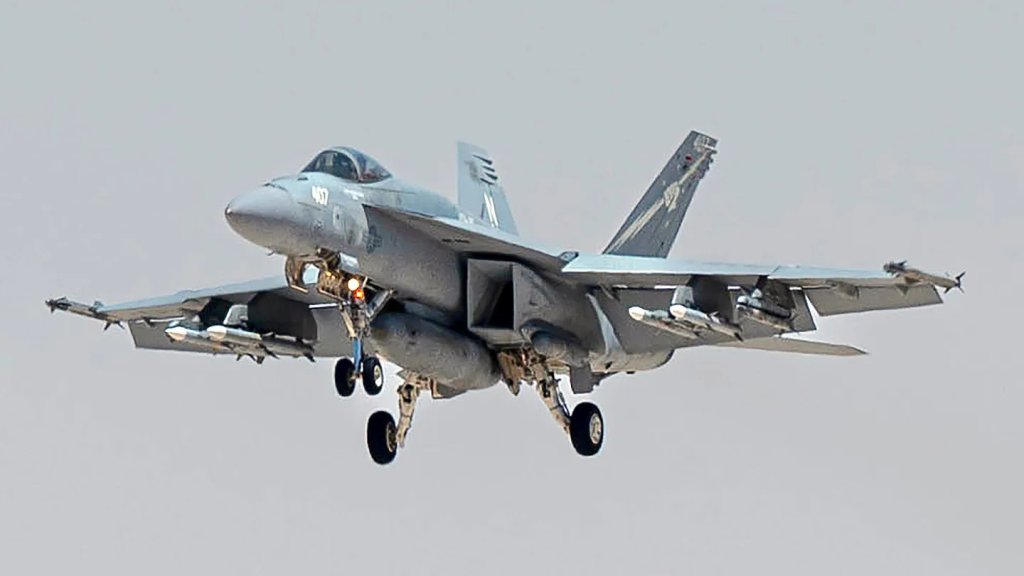
As TWZ has noted in the past, while Super Hornets could carry an additional AIM-120 in place of the ATFLIR pod:
“Advanced targeting pods are critical components of a modern tactical fighter’s air defense arsenal as they allow for beyond-visual-range positive identification of targets. This is especially important in densely populated and complex airspace, and can lead to quicker identification friend or foe and the ability to fire on a target with confidence long before it would be within the rules of engagement otherwise. ATFLIR’s infrared and TV sensors can be slaved to the Super Hornet’s radar and vice-versa, adding an extra layer of integrated targeting.”
“The pods can also collect important intelligence on aerial targets, whether they are engaged or not. A secondary quasi-infrared search and track mode is also available on some pods that can provide detection of stealthy targets, although this is not nearly as capable as a dedicated advanced IRST sensor system.”
The ATFLIR pods are especially important for visually identifying enemy aerial targets at night.
The nine-missile Murder Hornet configuration does leave two additional underwing pylons empty. At the same time, not having stores on those stations, especially additional draggy drop tanks, would help the jets retain decent dash speed and maneuverability. Without additional tanks, the Super Hornet range and time on station would also be reduced, which could make the configuration particularly well suited to area air and fleet defense missions closer to carrier strike groups.
It’s also worth noting that the centerline drop tanks on Murder Hornets could be substituted for one incorporating an infrared search and track (IRST) system, but also less fuel, in the future. The IRSTs are set to give Super Hornets a substantially improved ability to spot and track aircraft and other aerial targets, especially stealthy ones, at extended ranges, as you can read more about in this past TWZ feature.
The Super Hornet’s manufacturer Boeing has touted a heavy air-to-air loadout of 12 AIM-120s and two AIM-9Xs in the past, but it is unclear if Navy jets are authorized to fly in that configuration. Older Legacy Hornets can also carry up to 10 AMRAAMs and two Sidewinders.
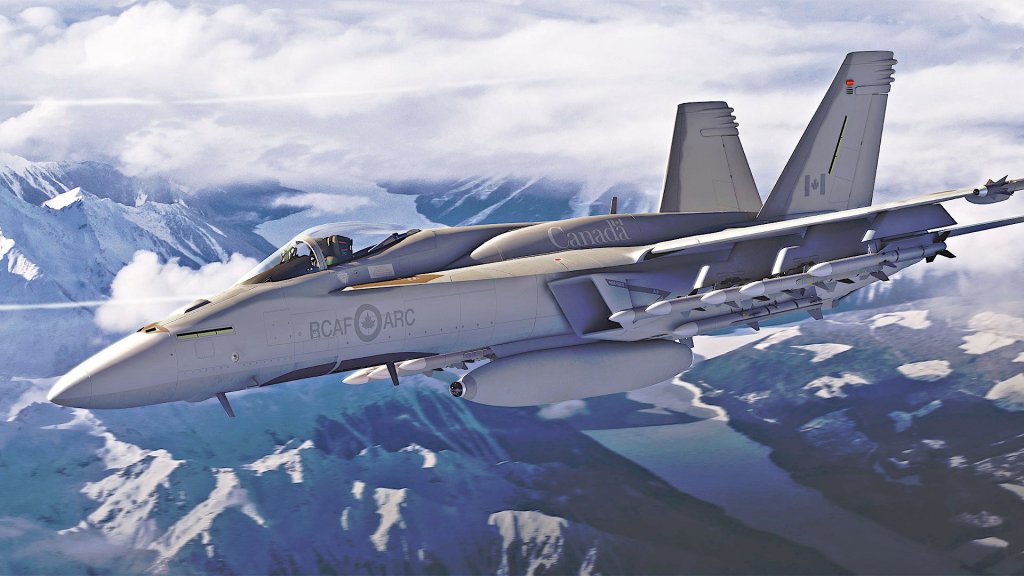
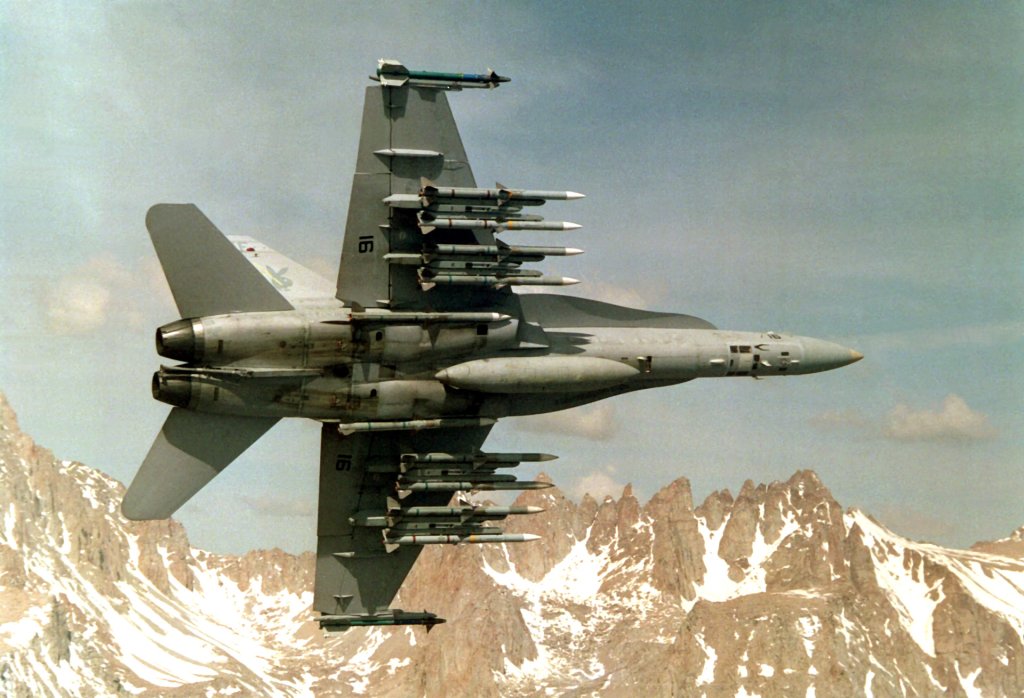
The term “Murder Hornet” was also used colloquially to refer to another even heavier air-to-air loadout seen last year on an F/A-18F assigned to Air Test and Evaluation Squadron Nine (VX-9) during Exercise Gray Flag 2024. The VX-9 jet carried four AIM-174Bs, as well as three AIM-120s and a pair of AIM-9Xs.
There have been nicknames for other ordnance configurations on other aircraft in the past, too, including the “Beast Mode” loadouts Lockheed Martin has touted for certain variants of the F-35 Joint Strike Fighter.
“Murder Hornet” had previously entered the American lexicon more broadly following the appearance of Asian giant hornets in the United States in 2019. U.S. authorities declared those real and invasive hornets had been eradicated in the country in December.
Navy Super Hornets continue to be a very active part of U.S. military operations in and around the Red Sea against the Houthis. More than a year on now, the Yemeni militants continue to launch kamikaze drone and other attacks on commercial vessels and foreign warships in the region, as well as against targets in Israel.
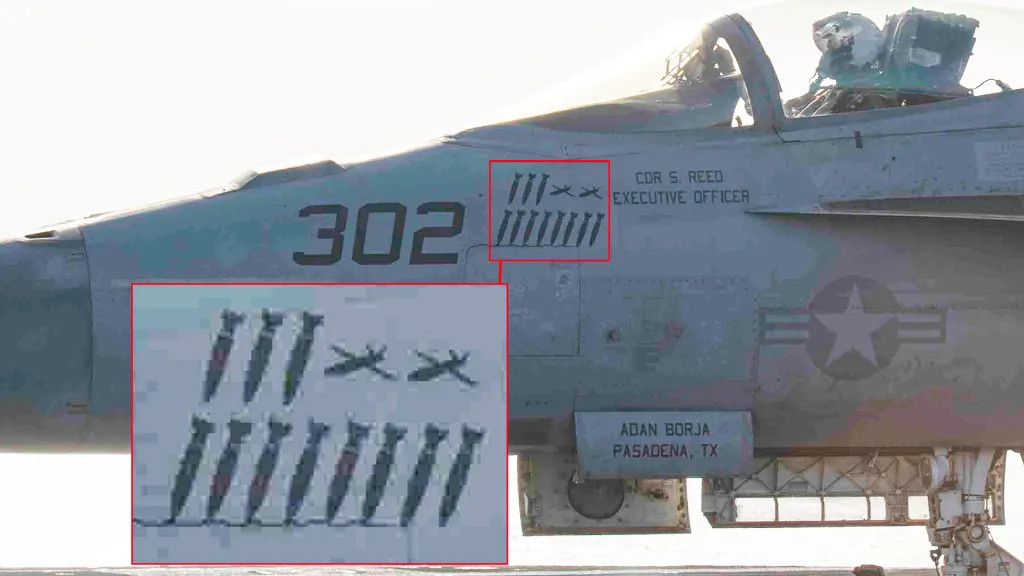
Giving tactical combat jets greater magazine depth is becoming increasingly important, in general, especially given the ever-growing threats posed by various tiers of drones across domains. The U.S. Air Force’s new F-15EX Eagle II is a prime example of this trend. Air Force F-15E Strike Eagles, which can also carry a large amount of ordnance, notably found themselves quickly running out of missiles while shooting down Iranian drones headed for Israel in April 2024, as you can read more about here.
Altogether, unlike the Asian giant hornet population in the United States, Navy Murder Hornets look set to continue making appearances, in the Red Sea, Middle East, and potentially elsewhere.
Contact the author: joe@twz.com
